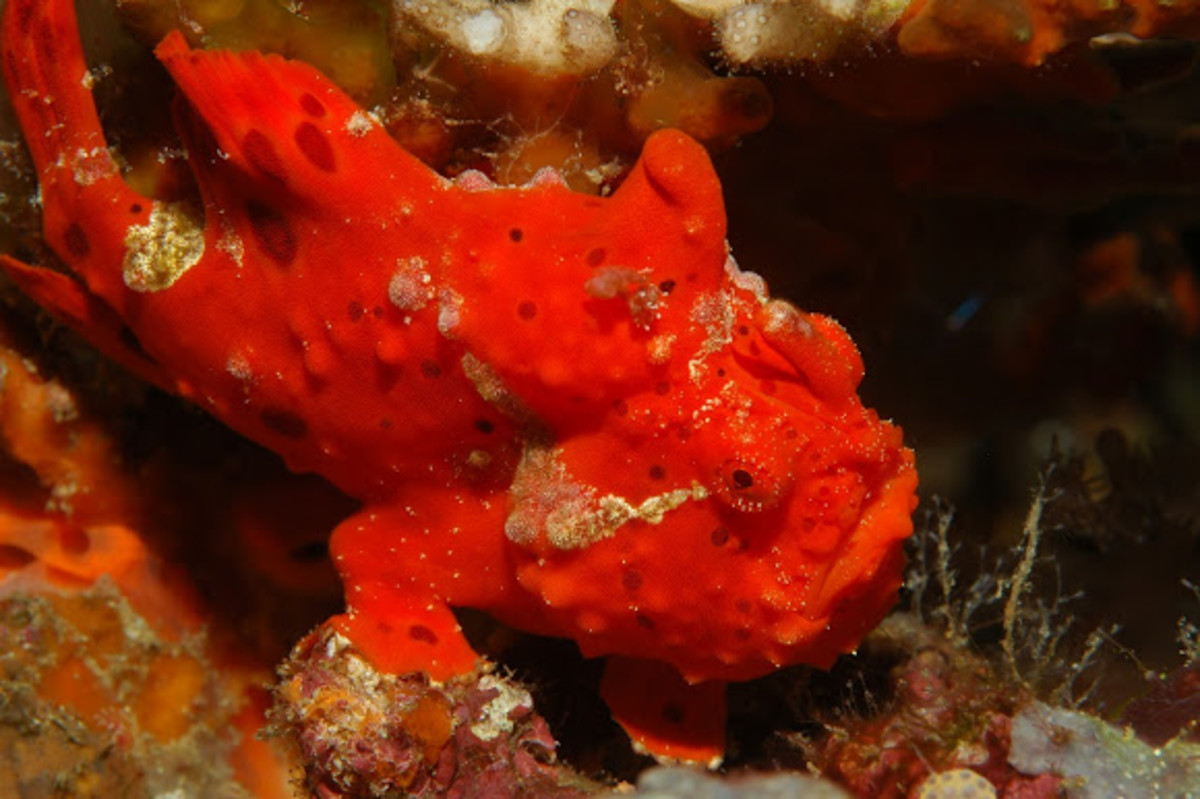


All these animals seem to share the same secret: Instead of fighting the pressure, they let it collapse their lungs completely. Weddell seals and elephant seals can dive up to a mile (sperm whales go much deeper than that). Some of them are even air-breathing surface dwellers like us. Though we walked on the moon three decades ago, we'll probably never walk on the deep seafloor.Īnd yet all sorts of other organisms thrive at high pressure. We can reach the abyss only in submersibles like Alvin, which maintains a pressure of one atmosphere inside its titanium passenger sphere, or vicariously, through television cameras carried by tethered robots like Jason. The human body, being mostly water, would be crunched a bit but not crushed by deep-sea pressure it is our insistence on keeping air in our lungs that keeps us from diving deep. That kind of pressure squeezes the air out of Styrofoam, too, which is why the cups can shrink to around the size of a thimble. That kind of pressure you would feel: Imagine trying to breathe with the entire NFL and NBA standing on your chest- with the United States Congress (House and Senate) thrown in for good measure. At 10,000 feet, roughly the depth to which the research team lowered the cups, the pressure is 300 atmospheres, or 4,400 pounds per square inch. As you dive down in it, the pressure increases by the equivalent of one atmosphere every 10 meters, or 33 feet. On Earth's comfortable surface, we are so accustomed to atmospheric pressure- 14.7 pounds of air lightly caressing every square inch of our bodies- we don't even feel it.

Styrofoam heads from a hat store would work even better than cups, but nobody on the Knorr had bothered to bring any of those. The cups and all the decorations you've drawn on them- sharks, erupting undersea volcanoes, witty slogans ("My dad went to the bottom of the Indian Ocean, and all I got was this lousy cup")- come back very, very small. But Styrofoam cups make great souvenirs: When you haul them back from the deep, you know where they've been. In their search for hot springs on the seafloor, the team had also been lowering more serious gear, of course, such as Jason the deep-diving robot, or the water sampler to which they tied the cups. The other night, out in the Indian Ocean, the research team aboard the R/V Knorr did what oceanographers invariably do when they're in deep water- they lowered a bunch of Styrofoam cups over the side.


 0 kommentar(er)
0 kommentar(er)
